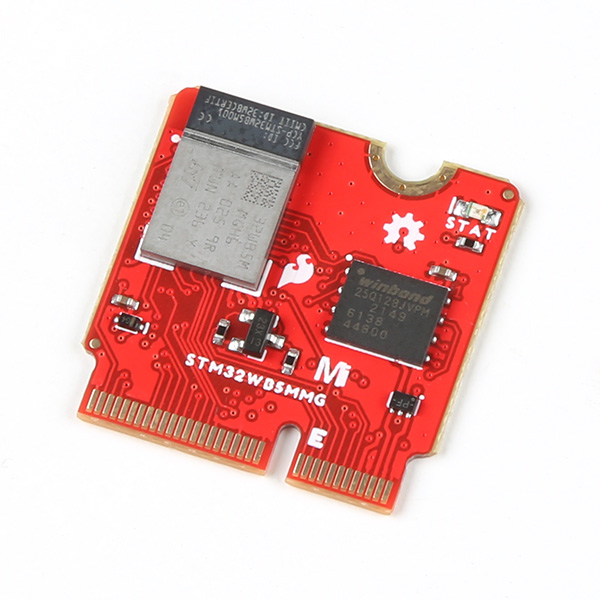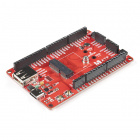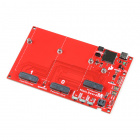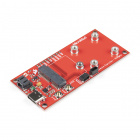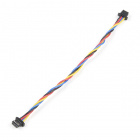MicroMod STM32WB5MMG Hookup Guide
Introduction
The MicroMod STM32WB5MMG Processor expands on SparkFun's MicroMod ST product line with a powerful combination of computing and wireless capabilities all on one Processor. The STM32WB5MMG from STMicroelectronics™ is an ultra-low power microcontroller that combines a pair of Arm® Cortex® processors; a Cortex-M4 processor for primary computing and a Cortex-M0 to run the 2.4 GHz radio. The radio is Bluetooth® Low Energy 5.3, Zigbee® 3.0, and OpenThread certified.
The STM32WB5MMG Processor boasts a host of interface and peripheral options including SPI, multiple UARTs, I2C buses, as well as I2S. This guide covers the hardware present on this MicroMod Processor, how to assemble it into a MicroMod circuit, and how to install and use the board in the Arduino IDE.
Required Materials
You'll need a Carrier Board or Main Board to plug the Processor into. Below are a few options for both types of boards:
You'll also need a USB-C cable to connect the Carrier Board to your computer and if you want to add some Qwiic breakouts to your MicroMod project you'll want at least one Qwiic cable to connect it all together. Below are some options for both of those cables:
Suggested Reading
The SparkFun MicroMod ecosystem offers a unique way to allow users to customize their project to their needs. Do you want to send your weather data via a wireless signal (e.g. Bluetooth or WiFi)? There's a MicroMod Processor Board for that. Looking to instead maximize efficiency and processing power? You guessed it, there's a MicroMod Processor Board for that. If you are not familiar with the MicroMod ecosystem, take a look here:
If you aren't familiar with the MicroMod ecosystem, we recommend reading here for an overview.
 |
| MicroMod Ecosystem |
We also recommend reading through the following tutorials if you are not familiar with the concepts covered in them:
